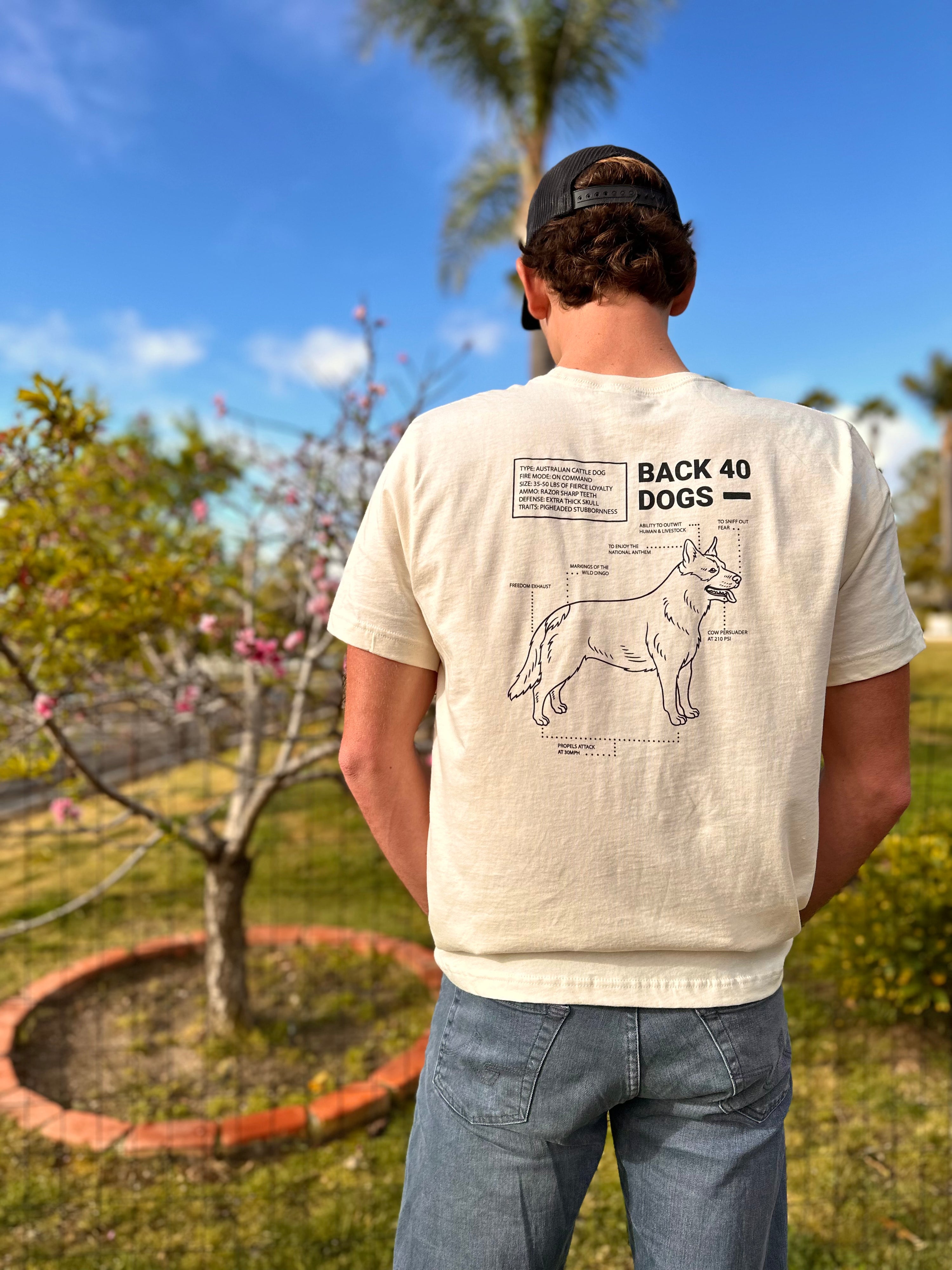

· By BACK 40 Dogs
How Man's Best Friend has been a Key Partner Throughout the Ages

Dogs have been a loyal companion to humans for thousands of years, serving as more than just a pet, but as a working partner in various fields. Throughout history, dogs have been used for a wide range of tasks, including hunting, herding, guarding, and even as therapy animals. Their unique abilities and characteristics have made them an invaluable asset to human development and evolution.
One of the earliest known uses of dogs was for hunting. Prehistoric humans would have likely used dogs to hunt for food, as their keen sense of smell and ability to track prey would have been invaluable in the wild. This partnership between humans and dogs likely helped early humans to survive and thrive in a harsh environment.
As human civilizations developed, so did the use of dogs. During the Middle Ages, dogs were bred and trained for specific tasks, such as hunting, herding, and guarding. These breeds, known as "working dogs", ( or as we call them here, BACK 40 Dogs ) were able to work tirelessly and efficiently, making them essential to the survival and success of human communities.

Herding dogs, such as the Border Collie, are a prime example of this. Their intelligence and natural herding instincts make them ideal for managing large groups of animals, such as sheep or cattle. These dogs were a vital asset to farmers and herders, allowing them to effectively manage their livestock and increase their productivity.
Guard dogs, such as the German Shepherd, were also bred and trained to protect human communities. Their strength, loyalty, and natural guarding instincts made them an effective deterrent against intruders and wild animals. They were used to protect homes, farms, and even entire towns, keeping residents safe and secure.

In recent times, dogs have been used in various professional fields such as the military, law enforcement, and search and rescue operations. Their ability to detect scents, track targets, and obey commands make them valuable partners in these fields. They have been used to locate and rescue lost individuals, detect drugs and explosives, and even assist in search and rescue operations in disaster-stricken areas.
Dogs are also commonly used as therapy animals. They have been known to bring comfort and joy to people suffering from mental and physical health conditions, including depression, anxiety, and PTSD. The companionship and emotional support that a dog can provide is invaluable, and research has shown that therapy dogs can improve the mental and physical health of their human partners.
Throughout history, dogs have been an important partner in human development and evolution. Their unique abilities and characteristics have made them valuable assets in hunting, herding, guarding, and various professional fields. They have also been known to bring comfort and joy to those who have them as companion. Their role in human life has been vital and irreplaceable, and it's clear that dogs will continue to play an important role in human society for years to come.

It's important to note that, while this is a general overview of how dogs have been used historically, depending on the place, time and culture, the use and breeding of dogs may have varied. Furthermore, it's always important to remember that dogs should be treated with respect and care, and not only as tools for human use but as valuable assets and more often members of our families.





